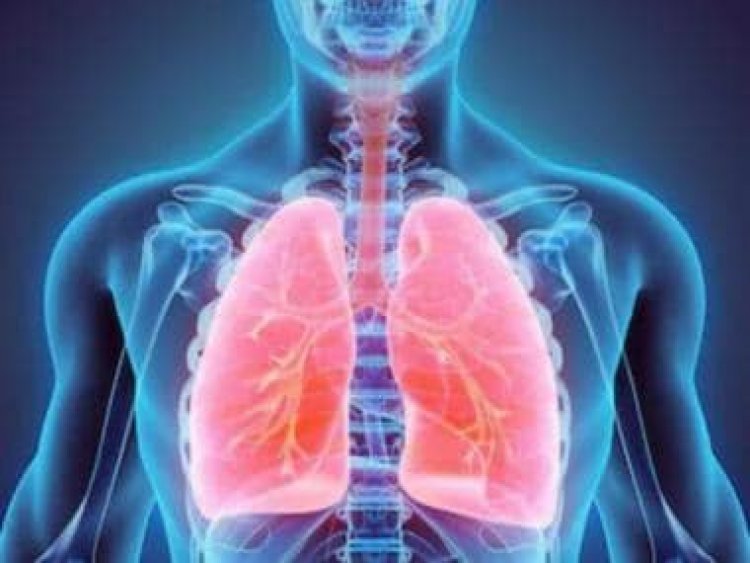Lungs cancer: Who are vulnerable and what complications may arise
Lungs cancer: Who are vulnerable and what complications may arise

Lung cancer is most common in men, but in the last few years it has also become more common in women. Lung cancer usually begins in the lungs and spreads to different parts of the body. It is one of the leading causes of cancer deaths in the world. Lung cancer is of two types i.e., small cell lung cancer and non-small cell lung cancer. Though smokers are at the highest risk of developing lung cancer, older people are also at risk of developing the condition. With age, people become weaker physically and more susceptible to chronic diseases like cancer. Age-related disorders like cancer may have a pathogenesis that is influenced by biological mechanisms that regulate aging.
As cancer spreads to different parts of the body, complications may arise. The complications that can arise are:
• Swelling: The superior vena cava, a vein that carries blood from the upper body to the heart, can be compressed by tumors in the upper region of the right lung. When this occurs, the face, neck, and arms swell as the blood flow is restricted.
• Lung function: A pleural effusion, or the accumulation of fluid around the lungs, can result from lung cancer. Pain and difficulty in breathing can occur due to this. The risk of pneumonia increases as pleural effusion compresses the lungs and impairs lung function.
• Blood clots: Lung cancer increases the risk of developing deep vein thrombosis. In deep vein thrombosis, blood clots develop, which can move to different parts of the body and can be fatal for the patients.
• Metastatic spinal cord compression: When cancer spreads to the spine and compresses or collapses the vertebrae, metastatic spinal cord compression occurs.
• Neuropathy: Lung cancer can cause neuropathy, in which the nerves mainly in the hands and feet get affected.
• Metastasis: Lung cancer cells separate and spread through the blood or lymph to different parts of the body; this spread is known as Metastasis. Depending on the location of the spread, there are several side effects that can occur.
Getting diagnosed is extremely important, investigations like Chest X-ray, CT chest, whole body PET scans are useful to guide the next level of tissue confirmation. Early diagnosis is key to successful management, as majority of patients present in advanced stages nearly 85% of them where cure is a challenge. Some of the diagnosis modalities are Transbronchial Lung biopsy, EBUS guided Fine-Needle Biopsies (FNA), Endoscopic Ultrasound (EUS), Bronchoscopy, Pleuroscopic biopsy, Open biopsy.
Treatment for older people:
Older people have the same treatment options like chemotherapy, radiation therapy, and surgery, but for them, receiving cancer therapy might be more difficult and complicated. This is because chronic illnesses like diabetes or heart disease are more prevalent in older persons. The body will most likely react to treatment differently than a younger person’s body, even when they are healthy. For instance, chemotherapy can cause low blood cell count or damage to the nervous system in an older person. As treatments can have a lot of adverse effects, it is important to consider the risk factors and plan how to take care after the treatment with the doctor before starting any treatment for older people.
The author is a Lead Consultant – Interventional Pulmonology, MBBS, MD, DM (Pulmonary & Critical Care Medicine), Aster CMI, Bangalore. Views expressed are personal.
Read all the Latest News, Trending News, Cricket News, Bollywood News,
India News and Entertainment News here. Follow us on Facebook, Twitter and Instagram.
What's Your Reaction?



























































